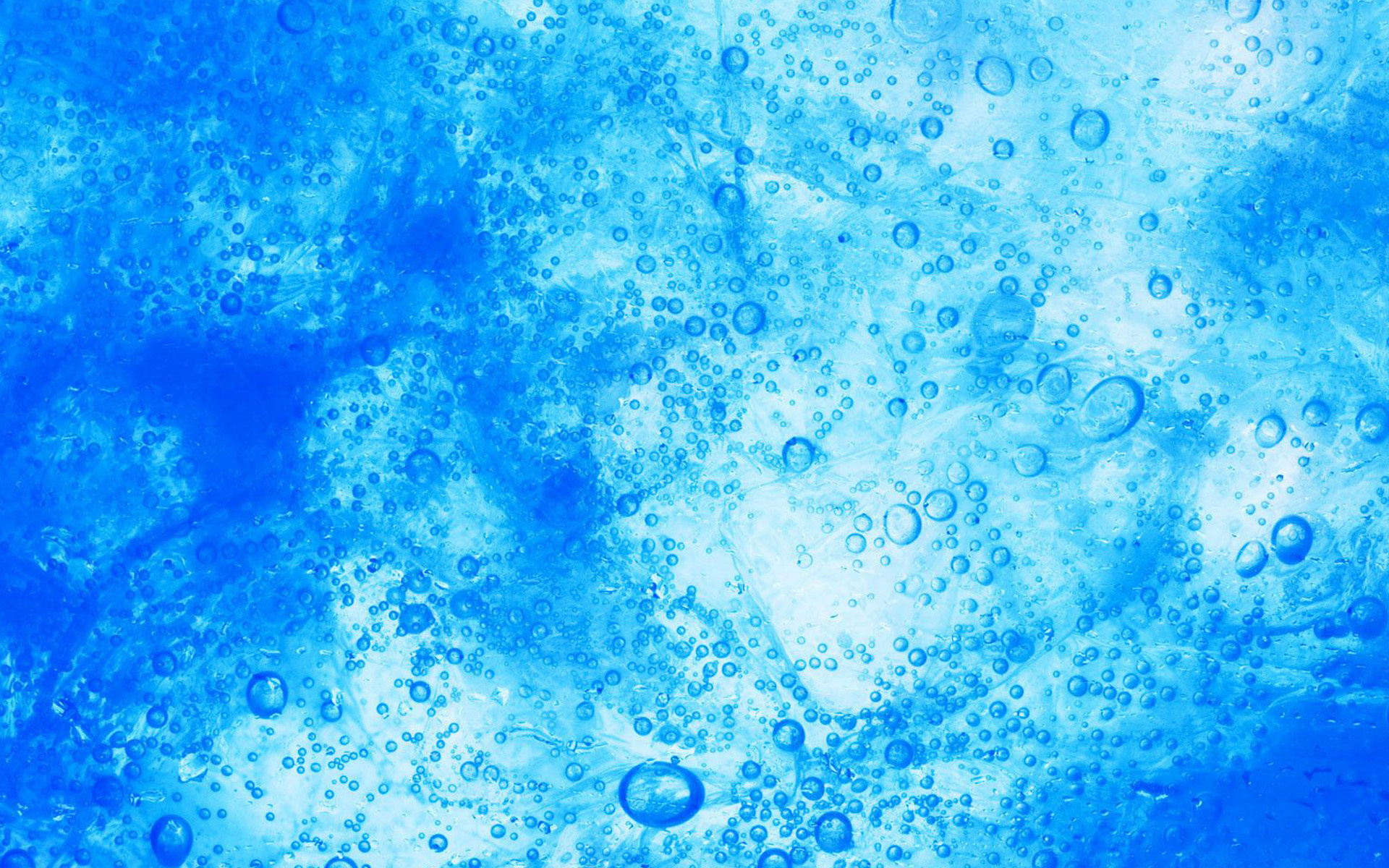A Transformative, Life-Changing Experience

By Fulbright Alumnus Benny Freeman (awarded 2016)
“The experience has, even with the distance of not even three years, yielded fundamental, breakthrough changes in intellectual activities related to my research and introduced me to a great many extraordinary people who are now lifelong friends.”
I was both fortunate and privileged to serve as a Fulbright Distinguished Chair in Disruptive Separations, sponsored by CSIRO, in Spring 2017. I had a 20+ year collaborative research program with colleagues at CSIRO and Monash University prior to my Fulbright, and I had hoped the Fulbright would permit me to renew and expand those collaborations. Looking back now, almost three years after beginning my Fulbright in Australia, it is impossible to have imagined all of the extraordinary opportunities catalyzed by this experience.

CSIRO´s Animal Health Laboratory, Geelong, Victoria
The Fulbright experience allowed me to connect with many researchers at universities, industries, and CSIRO offices around Australia. Expanding my network with people with research interests both similar to and complementary to mine, which is polymer-based membranes for separations, such as water purification and gas separations, including carbon capture, was a joy and a pleasure. The intellectual, cultural, and personal richness I experienced remarkably transformed, and forever altered, the trajectory of both my professional and personal life. Reflecting now upon all of the positive outcomes from this Fulbright experience, I am overwhelmed by the breadth and depth of activities spawned by it. It was a privilege, and I am amazingly grateful to have touched the lives of many students and colleagues both in the United States and Australia, with plans to further strengthen those technical and educational exchanges in the future.
I’m proud to say many of the research projects in my lab today stem directly from ideas nurtured or generated during my time in Australia. For example, we are embarking on studies of next generation membrane materials based on metal organic frameworks (MOFs) to selectively recover resources, such as lithium, from brine and wastewater streams. This research theme in my group only exists due to my exposure of new ideas from outstanding colleagues at Monash University and CSIRO, such as Huacheng Zhang, Matt Hill, Huanting Wang, and Aaron Thornton. In addition to several high-profile journal articles on this topic, we acquired funding to continue and expand the work. This technology serves as the basis for a new company, EnergyX, which aims to ensure efficient and abundant access to lithium to meet the world’s lithium-ion battery needs for applications such as electric cars.

These ideas, along with others in related areas that I was exposed to during my stay in Australia, have contributed to the establishment of a new research center headquartered at The University Texas at Austin called the Center for Materials for Water and Energy Systems (M-WET), which is a Department of Energy Frontier Research Center. M-WET has approximately 40 team members, including faculty, students, and research scientists, at The University of Texas at Austin, the University of California Santa Barbara, and Lawrence Berkeley National Laboratory. M-WET’s mission is to discover and understand fundamental science to design new membrane materials, develop tools and knowledge to predict new materials’ interactions with targeted solutes from recalcitrant water sources (e.g., produced water from oil and gas extraction), provide fit for purpose water, and recover valuable solutes with less energy.
Additional opportunities to continue joint research with my Australian colleagues have come in the form of an Australian Research Council Discovery grant aimed at use of MOF materials to design biomimetic membranes with outstanding separation properties for a variety of water purification applications. Research ideas germinated during my stay in Australia contributed to joint research in the area of natural gas separations, together with my colleague Matt Hill at Monash University. These are only a few examples of the benefits of having access to the intellectual freedom that the Fulbright program offered and opportunities that unfolded as a result of being exposed to new people and new ideas.

Plans for the future are well underway to strengthen collaborative ties between The University of Texas at Austin and Monash University, which is where I spent the bulk of my time during my Fulbright stay. Groundwork has been laid for an undergraduate exchange program, which would permit chemical engineering students at The University of Texas at Austin to take courses in the chemical engineering department at Monash University and vice versa. We hope and expect that, when this first exchange program is successful, it will be extended to other engineering and science programs at our universities. Within the past year, Monash University has established, together with CSIRO, the Monash Centre for Membrane Innovation (MCMI), which is a long term institutional investment to harness their extraordinary intellectual capital and experience in the membranes field.

Engineering Building, University of Texas at Austin
Addressing problems of practical and societal importance for Australia and the world, I anticipate working closely with MCMI colleagues to establish it as a preeminent center of excellence. I have extended my partnership and interactions with colleagues in Australia by serving on the Scientific Advisory Board of the ARC Research Hub on Energy Efficient Separations (ARC-EESep), headquartered at Monash University. This research hub will touch upon separations of direct interest to both my own research at The University of Texas at Austin as well as the research in M-WET. Our goal is to provide another point of contact and collaboration to expand the footprint of cross boarder activities to a more diverse set of research problems and a much broader group of team members.

Green Chemical Futures Building, Monash University, Melbourne
Due to the hard work by team members both in the U.S. and Australia, I was fortunate to be a co-author on nearly 20 peer reviewed publications stemming from my Fulbright experience, including a major invited review in the journal Science. With colleagues at CSIRO and Monash University, we also have submitted one joint patent application, and my research team at The University of Texas has subsequently submitted two more patent applications related to this work, all licensed by EnergyX for membrane-based lithium recovery. I have returned to Australia several times since my Fulbright stay ended in 2017, and these visits help maintain the close technical collaboration and personal interactions with my colleagues down under. Additionally, several of my current and former graduate students have now enjoyed research visits and lecture tours in Australia, and I have hosted several graduate students and faculty colleagues from our Australian partners. We expect these collaborations to become more frequent as our long-term joint research projects grow and mature.
CSIRO is now creating a presence in the United States and I have had the opportunity to interact with their scientists and representatives stateside. Their support and assistance in areas of mutual interest has been extraordinarily beneficial and holds great promise for the future.
I can’t begin to explain the remarkable personal benefits from meeting and getting to know so many wonderful people in Australia during my time there. My colleagues and hosts at each of the institutions I visited were more than generous with their time and ideas, and many of them went well out of their way to ensure that I was exposed to Australian culture and Australian way of life. These experiences rekindled my love of sailing and catalyzed my membership in the Downtown Investment Club, “DTIC”. It was a special honor and pleasure to return to Australia to celebrate the 500th monthly meeting of the DTIC in September 2018.
In summary, I can’t thank the Australian-American Fulbright Commission enough for the opportunities they provided me and many other scholars. The experience has, even with the distance of not even three years, yielded fundamental, breakthrough changes in intellectual activities related to my research and introduced me to a great many extraordinary people who are now lifelong friends. My mission going forward is to do everything I can to pay it forward to other students and colleagues both in the United States and Australia, so that they may experience and benefit from the opportunities that I have had as a result of this program.
Copyright © 2021 – Fulbright



 Facebook
Facebook Twitter
Twitter Linkedin
Linkedin Instagram
Instagram